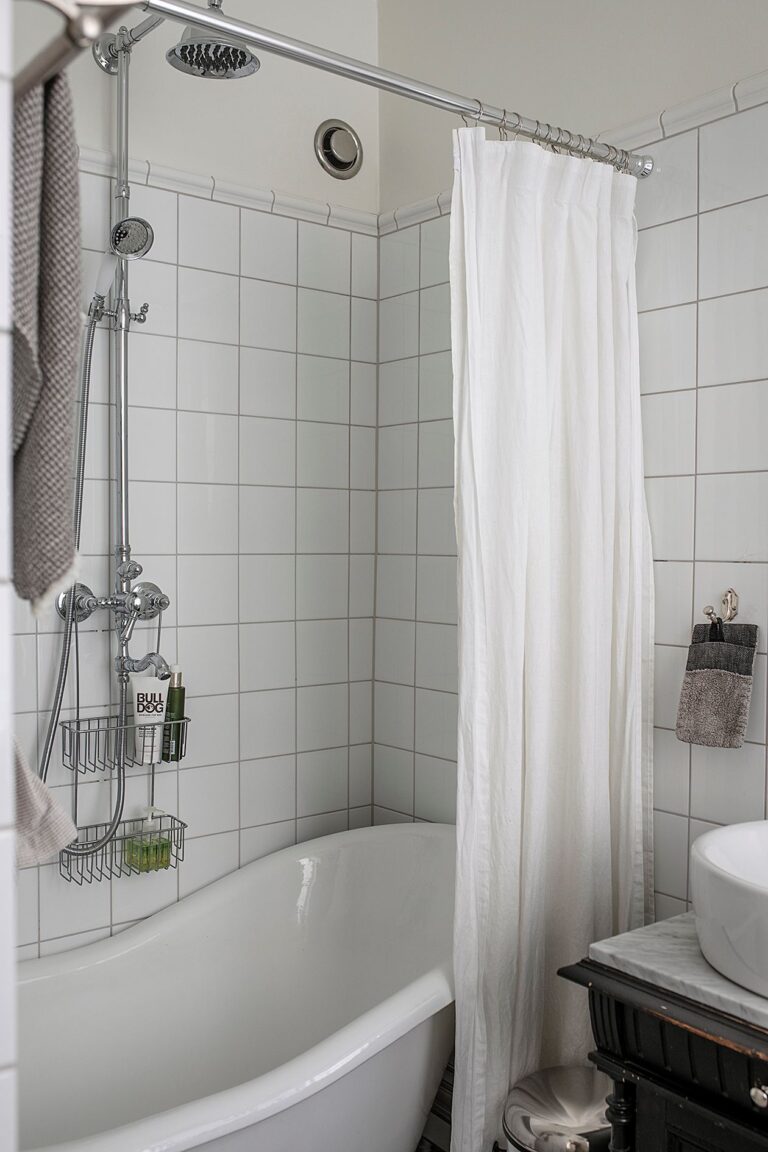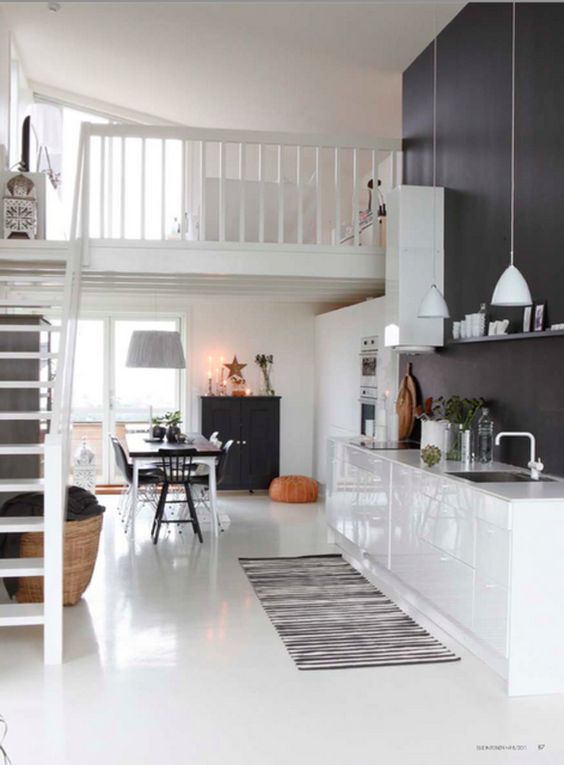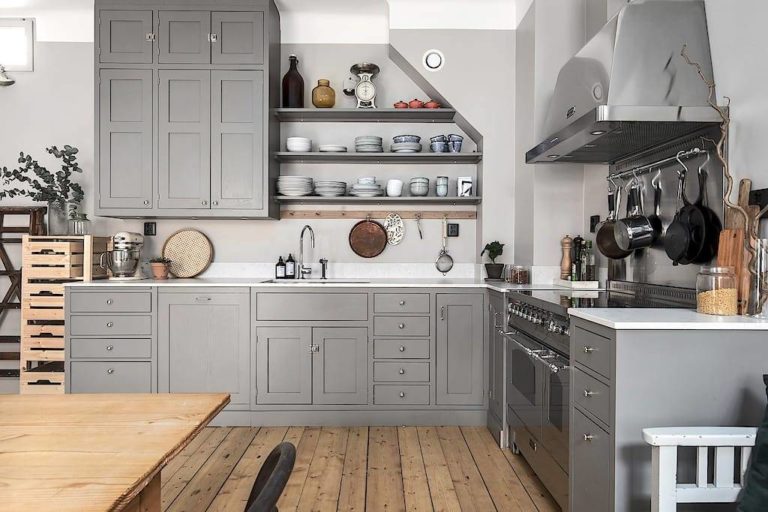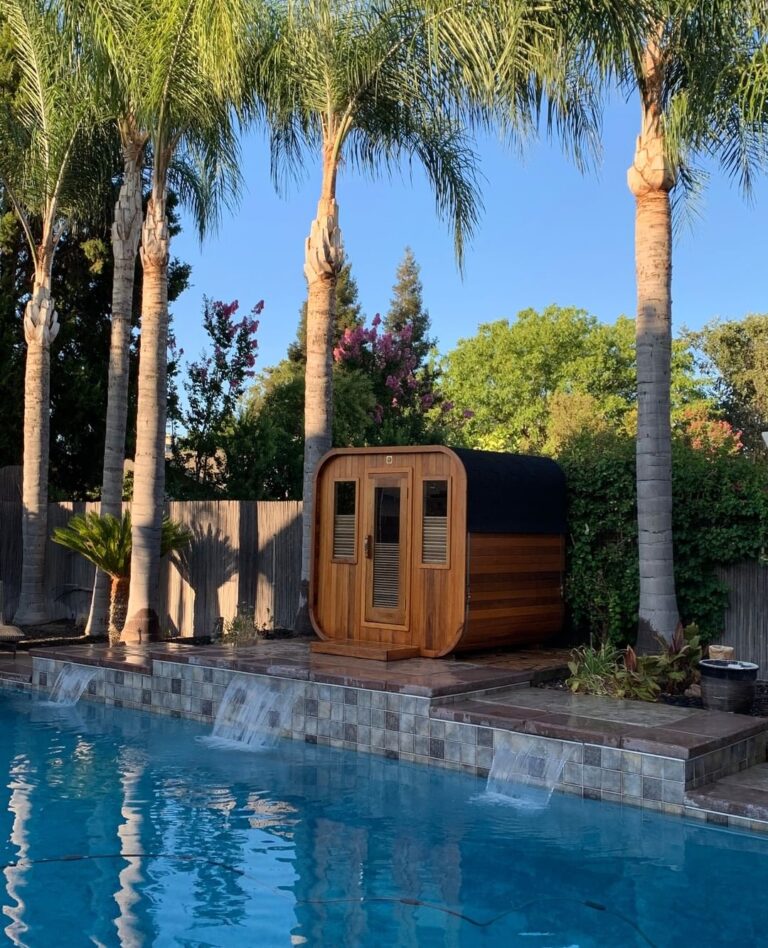A Contractor’s Guide to Commercial HVAC Installation and Upgrades
The installation of major commercial HVAC equipment like chillers and rooftop units requires extensive planning and expertise. Beyond technical know-how, these complex jobs also require securing necessary permits, proper handling and positioning of equipment, implementing efficient workflows and sourcing high-quality HVAC supplies. The ability of contractors to construct heating and cooling systems that meet or exceed expectation can be achieved by diligently analyzing project requirements, selecting suitable and compatible components, executing precision installation, testing, and commissioning. Success comes down to a systematic approach, talented teams, and premium parts coming together to upgrade commercial HVAC in impactful ways.
Identifying Project Requirements
The first step in any commercial HVAC installation project is determining the client’s precise needs and specifications. This begins with a comprehensive site assessment to evaluate the existing system setup, building layout and usage patterns. The heating and cooling loads for each area, rates of airflow and ventilation, thermostat placement, ductwork, and other factors that influence temperature and system efficiency are checked. Local weather conditions also play a role, as some regions require more intensive heating and cooling.
With a complete picture of the current infrastructure and performance, the types of upgrades or full system replacement that will best suit the client’s requirements can be evaluated. For larger buildings, chillers and air handlers are common options, while rooftop units may be better for smaller spaces. More sophisticated systems offer advanced temperature control and programming for customized climate management. The client’s budget, goals for improving energy efficiency and available utility rebates or tax incentives also help determine the optimal scale and specifications.
Compatibility is another concern, as some brands like Lochinvar offer superior Lochinvar HVAC parts and components designed to work seamlessly together for maximum effectiveness. Contractors can provide the best solutions by thoroughly understanding all technical, financial, and client considerations during this planning stage in order to meet the building’s overall heating and cooling requirements both now and in the future. A well-designed commercial HVAC system should serve the client well for many years to come.
Selecting Suitable Equipment
With project requirements defined, the next step is evaluating options for new equipment from reputable brands like Rinnai and ICM Controls that will meet those needs effectively.
Rinnai is known for their advanced tankless water heaters, boilers and air handlers that provide precise temperature control and maximum efficiency. ICM Controls HVAC products offer innovative digital thermostats, sensors and building automation systems to give enhanced programming capabilities. Evaluating ratings for energy efficiency, cost savings, available rebates and warranty coverage help determine the best value for investment.
Compatibility between components like furnaces, evaporate coils, condensers and ductwork is also essential for optimal performance. Factors such as unit dimensions, power/fuel types, airflow and venting requirements are considered to ensure all parts will work together seamlessly once installed. For some projects, modular systems with multiple rooftop units or chillers provide the necessary capacity and zones of heating/cooling for large or complex buildings.
With technology advancing rapidly, ICM Controls and Rinnai HVAC products and systems today can be highly intelligent, programmable and even integrate with building management software for centralized control and monitoring. For clients interested in automation, smart thermostats and other network-connected devices provide convenience and insights for better energy usage. However, such advanced systems often come at a higher cost which must align with the client’s budget and priorities.
For the best results, all components should be well-matched not only to project requirements but also to one another for seamless installation and functionality.
Permits, Licensing and Installation
Once suitable HVAC equipment has been selected, the next stage is obtaining proper permits and licenses to proceed with installation. Local regulations determine what approvals are needed for commercial projects, which often include building, electrical, mechanical and plumbing permits..
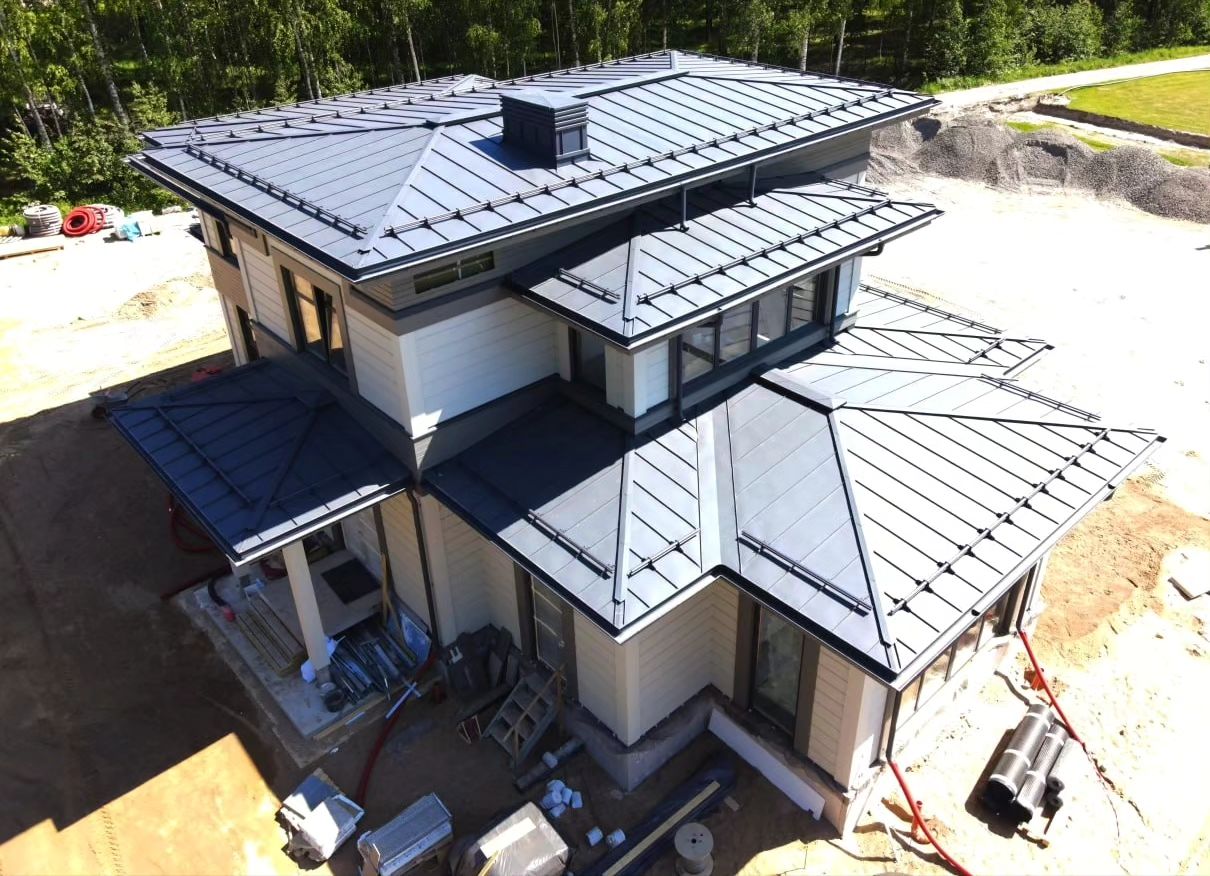
Key Installation Procedures
With paperwork approved, the installation process can begin. Proper ventilation, condensate drainage, electrical wiring and thermostat placement are all crucial for functionality and safety. For chillers, air handlers and rooftop units, installation may involve temporarily closing off building areas, drilling wall openings, lifting equipment using cranes and ensuring structural integrity.
All parts must be set up with precision to operate as intended, with careful feeding and connection of power supplies, fuel lines and ductwork. For programmable systems, configuration of software and testing of features like temperature triggers, fan controls and emergency shutoffs is also required. Commissioning each piece of equipment and an overall system test help identify any issues before final inspection and client handover.
Thorough inspection from local authorities ensures installation meets their permitting requirements and standards for commercial HVAC systems. Once approved, the client assumes operation and maintenance responsibilities. Explaining optimal programming, efficiency practices, servicing needs and warranties or service plans helps the client maximize their investment for years to come.
Quality installation is as important as selecting the right equipment in the first place. Precision, safety and functionality must all remain top priorities throughout the entire process. When done properly by experienced teams with oversight from trusted brand partners and inspectors, the end result is a commercial HVAC system ready to serve for the long run. A job well done means not just meeting client needs today but enabling a climate-controlled environment to benefit them into the future.
Conclusion
Commercial HVAC services require expertise and quality, and following a systematic process can help contractors deliver results that meet the needs of their clients.
Diligent assessment, selection of high-performance equipment, proper installation and commissioning are essential. Industry knowledge, trusted suppliers, and skilled teams dedicated to comfort and cost savings achieve success. A company that builds strong relationships based on efficiency, transparency, and technical support will be able to provide HVAC systems that will last.


